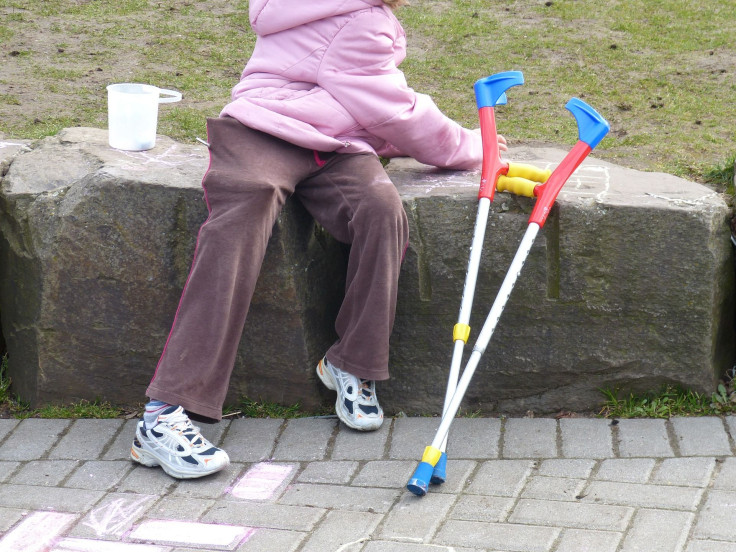Broken Bones Risk Depends On Both Socioeconomic Status And Location

It’s obvious that the risk of breaking a bone goes up with playing a contact sport or participating in certain thrill-seeking behaviors, but some activities carry with them unexpected risks. Scientists from the University of Southampton have completed research suggesting socioeconomic status, ethnicity, and place of residence all influence an individual’s risk of breaking a bone.
Using data from the UK Clinical Practice Research Datalink database, researchers analyzed how age, sex, ethnicity, socioeconomic status, and place of residence impact whether someone will experience a fracture. The results suggested several of these factors played a significant role in risk of fracture, most markedly place of residence. The researchers noticed fracture rates were about 50 percent greater in Scotland and Northern Ireland than in London.
There were differences between the sexes as well — in men, fracture rates were higher in socioeconomically deprived regions, which the authors suggest may reflect a greater exposure to trauma through manual labor, potentially greater rates of smoking, and other adverse lifestyle factors. Among folks aged 50 or older, though, women were at the disadvantage, with a higher overall fracture rate of 9,155 per 10,000 persons per year) compared to the men (72 per 10,000).
White people had significantly higher rates of fracture than Asian individuals, and black people had the lowest fracture rates at under half the rate in whites.
Professor Nicholas Harvey, professor of rheumatology and clinical epidemiology at Southampton led the study along with Dr. Elizabeth Curtis, academic fellow in rheumatology.
“Our study has provided insights into factors that may influence fracture rates across different sections of the population,” Harvey said in a statement. “Further work will be needed to fully understand what underlies these differences; for example, variations in diet, lifestyle, body build, employment, and genetic factors may all contribute.”
Harvey added that the study’s demonstration of fracture rate differences among certain groups will be helpful in targeting health resources to those at greatest risk.
“Given the high rates of fracture, particularly in the elderly, and the impact in terms of pain, immobility, and potentially reduced survival, our findings provide real support for health prevention strategies.”
Broken bones can have a devastating impact on people’s lives, inhibiting them from getting to work and sometimes from working at all. In older people especially, fractures can lead to permanent mobility issues and sometimes steal the ability for elders to live independently at all.
Professor Cyrus Cooper, director of the MRC Lifecourse Epidemiology Unit at the University of Southampton, said the study is part of a larger plan to address risk factors for fracture across the lifecourse. “These findings will be built upon a wider program of analyses to document the burden of osteoporotic fracture in the UK, and will have important messages for public health planning in future years.”
Source: Curtis E, van der Velde R, Moon R, van der Bergh J, Geusens P, de Vries F, et al. Epidemiology of fractures in the United Kingdom 1988-2012: Variation with age, sex, geography, ethnicity and socioeconomic status. Bone. 2016.



























